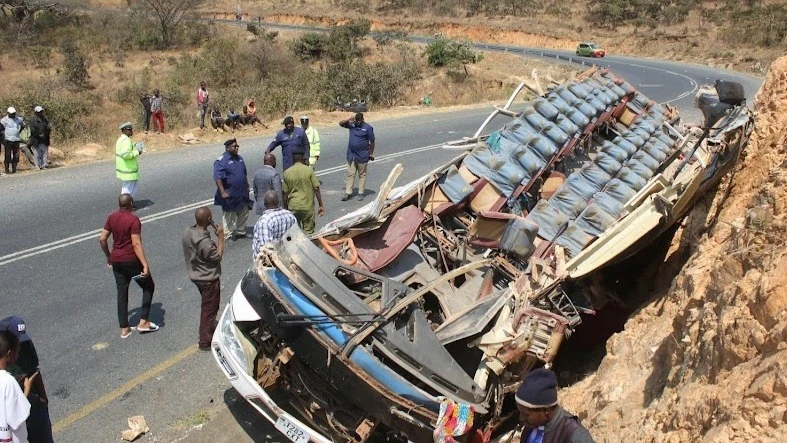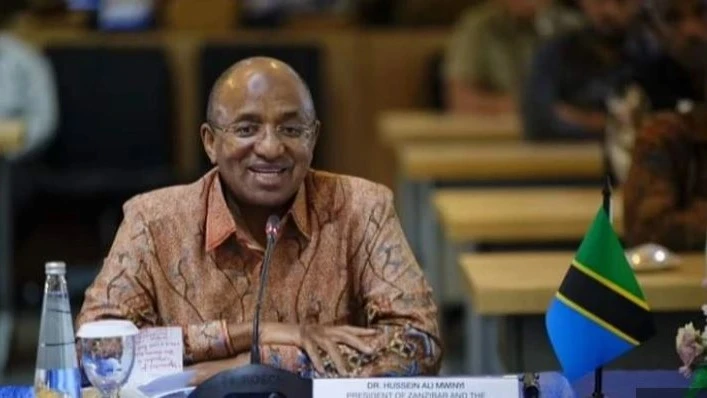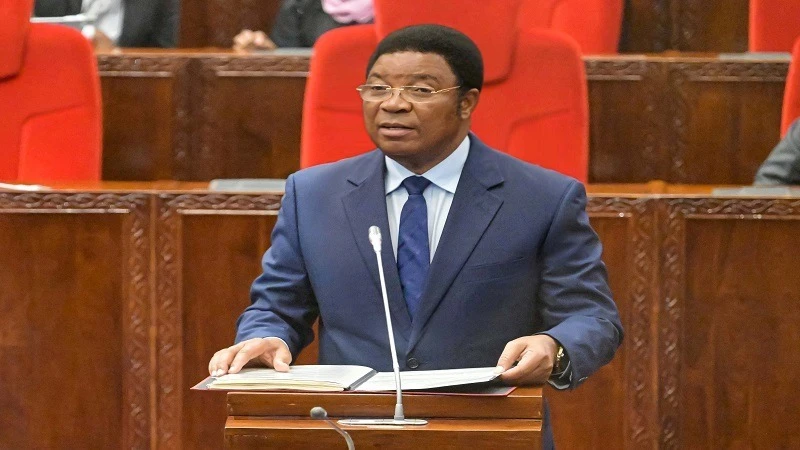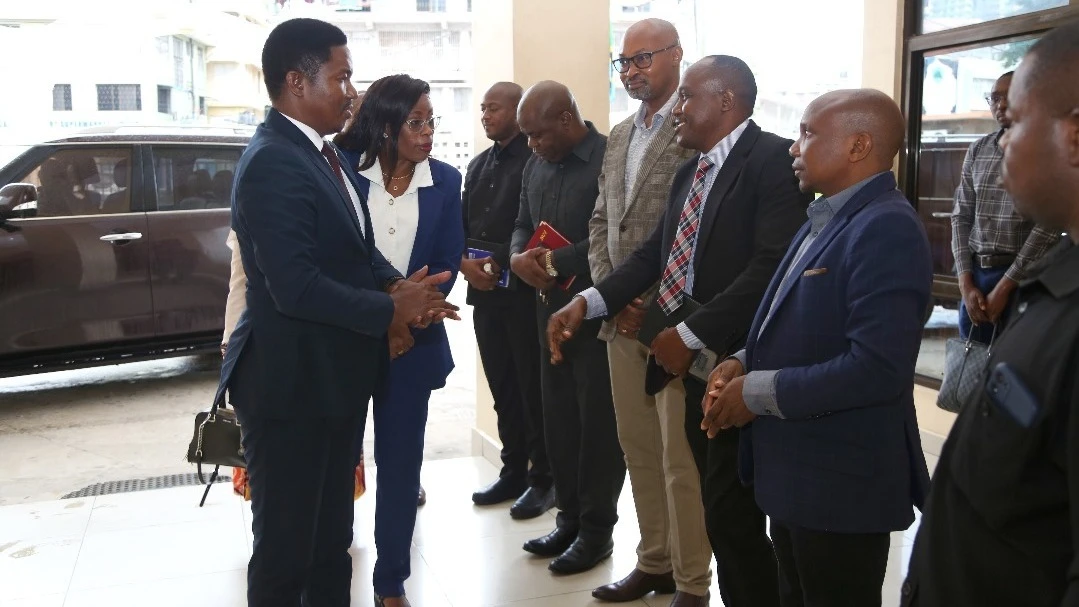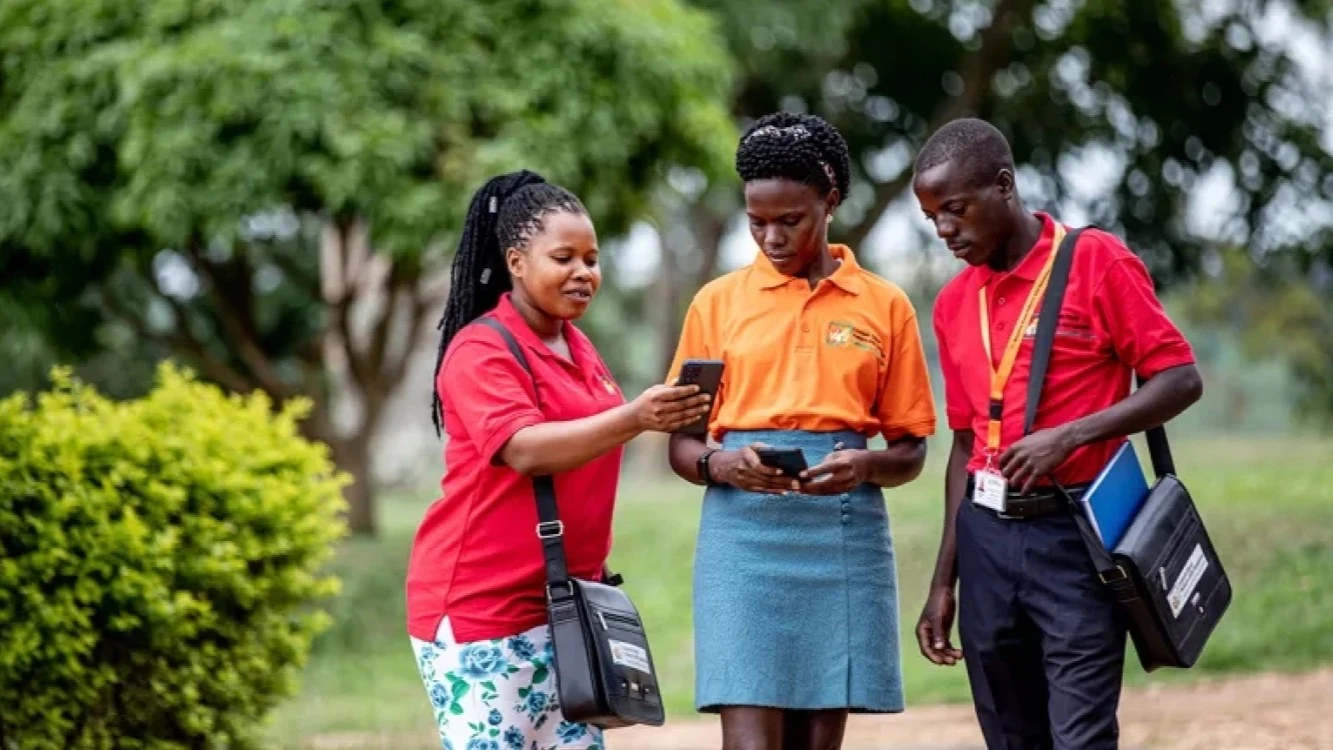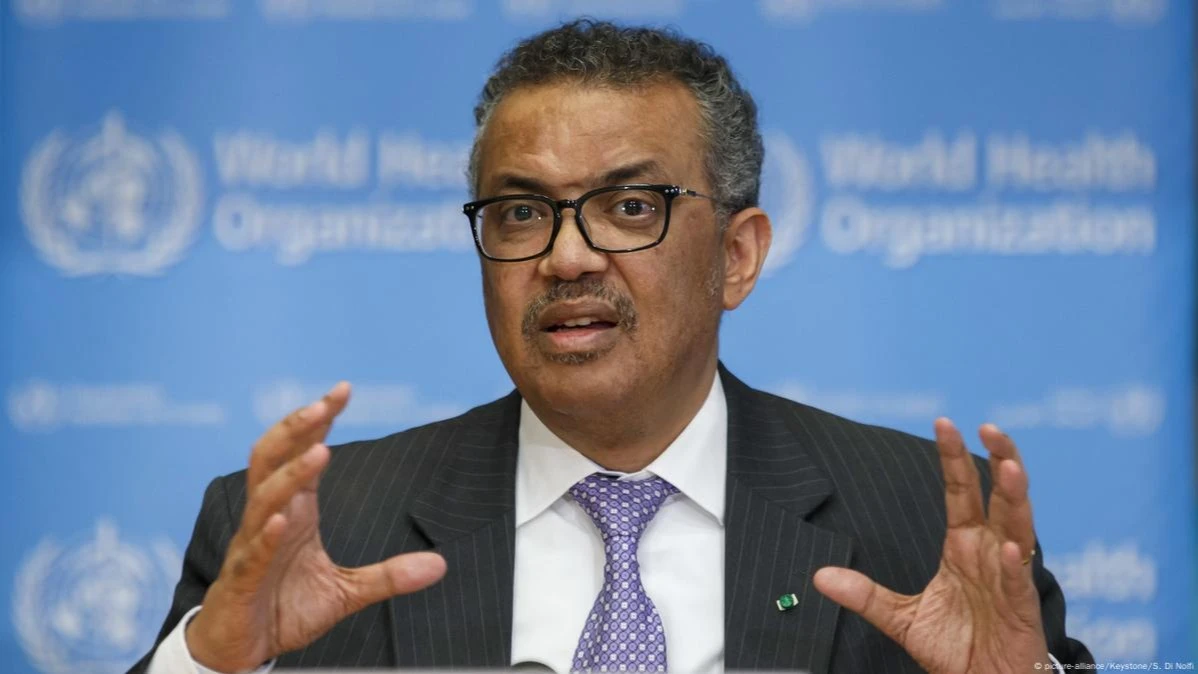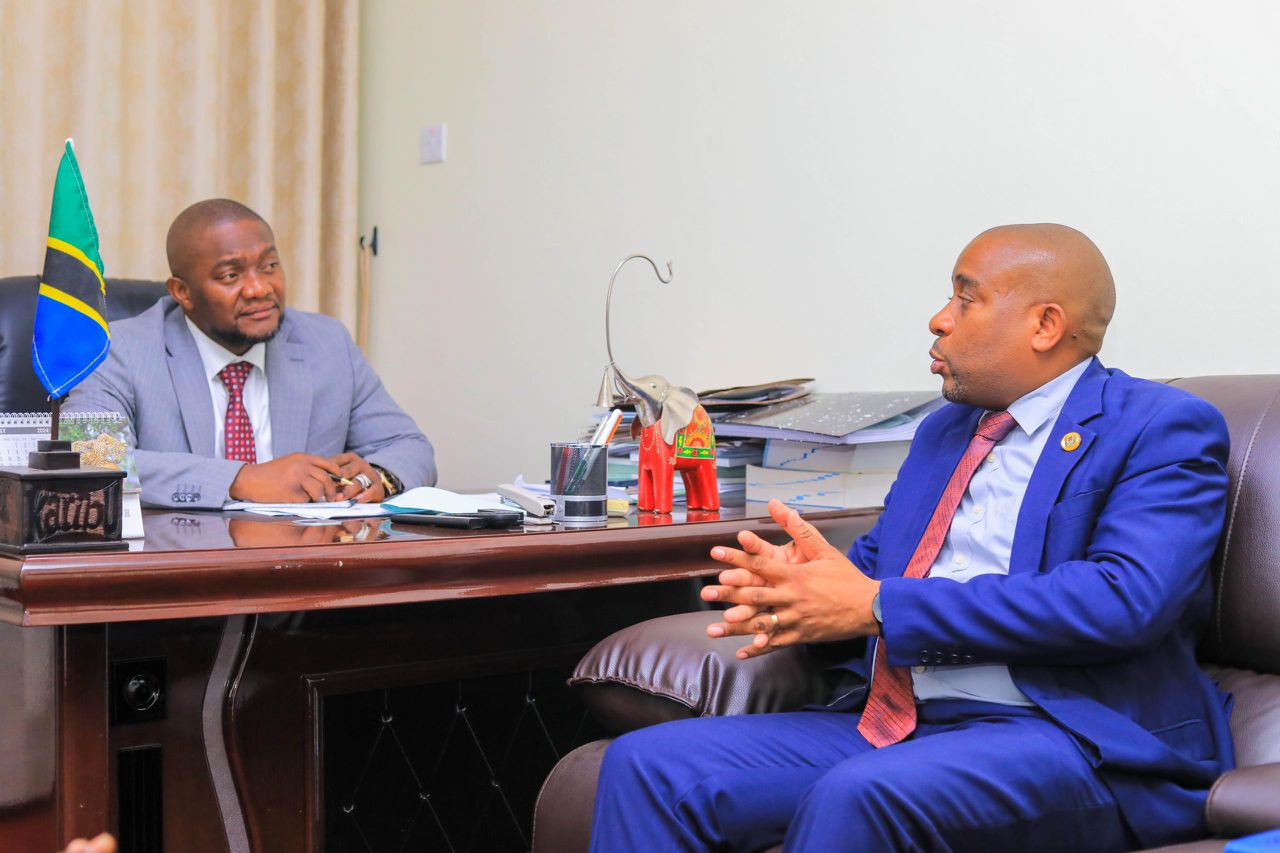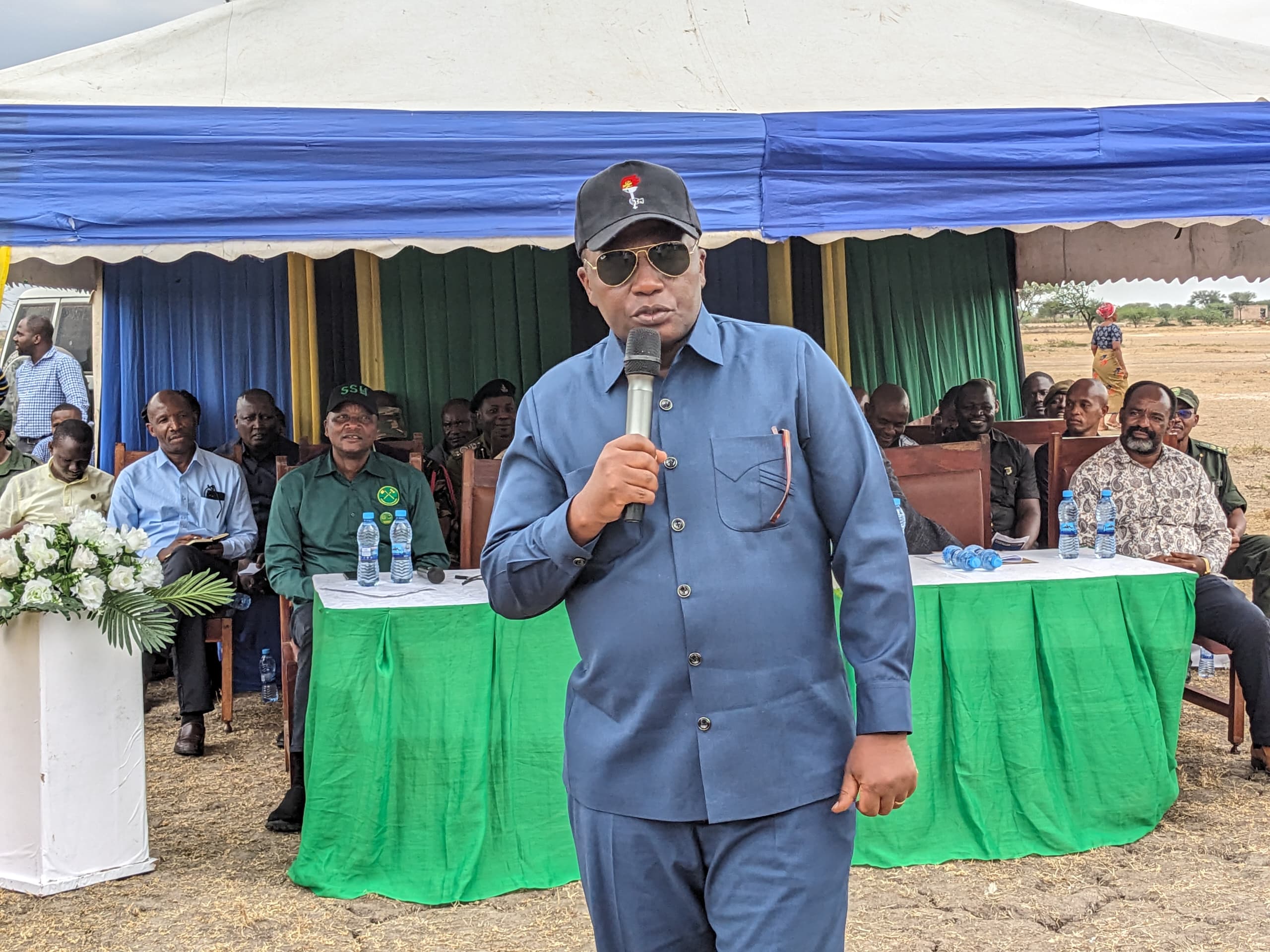ITU: Tanzania gathering momentum in exponential tech
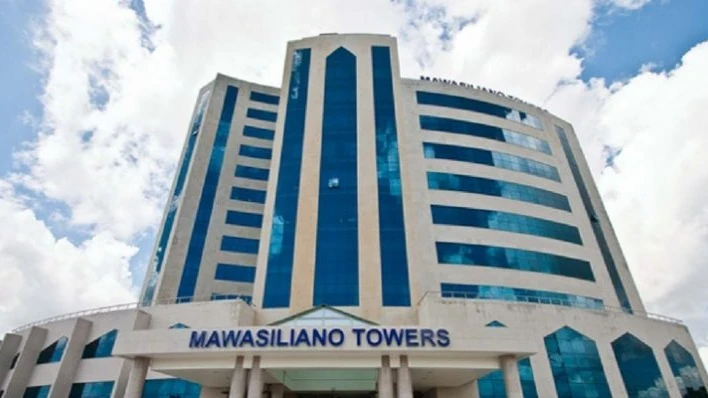
THE 21st century is typified by a fusion of exponential (emerging) technologies which have changed the way people think, behave, work and interact with one another.
A country which lags behind in digital technology will in the future bear the brunt of automation and job replacement in this rapidly evolving world.
There is no country that can afford the cost of this for proficiency in digital technology will determine participation in the global digital economy.
Tanzania is not left behind in setting up requisite digital infrastructure, which has facilitated digital development, as shown in a new report called “The ICT Development Index (IDI) 2024” published by International Telecommunication Union (ITU).
According to this report, the indicator value of Tanzania’s population covered by at least 3G mobile network stands at 85.0 percent, while the nominalised scores for individuals who own a mobile phone stands at 78.4 percent.
The indicator is calculated by dividing mobile-broadband Internet traffic (within the country) by active mobile-broadband subscriptions. ITU has calculated the population covered by at least a 3G mobile network by dividing the number of inhabitants covered by at least a 3G mobile-cellular signal by the total population and multiplying by 100.
The indicator value for individuals who own a mobile phone stands at 74.5, while the nominalised scores (0-100) for mobile data and voice high consumption basket price (as the percentage of GNI per capita) stands at 71.1.
The nominalised progress scores (0-100) for 3G and 4G/LTE network coverage stands at 68.8 per cent, while the nominalised progress value (0-100) for mobile broadband Internet traffic per mobile broadband subscription (GB) stands at 59.8 per cent and indicator value for the percentage of the population covered by at least a 4G/LTE mobile network stands at 58.0 per cent
The population covered by at least a 4G/LTE mobile network in this report refers to the percentage of inhabitants within a range of LTE/LTE-Advanced, mobile WiMAX/Wireless MAN or other more advanced mobile-cellular networks, irrespective of whether or not they are subscribers.
ITU has calculated it by dividing the number of inhabitants covered by the previously mentioned mobile-cellular technologies by the total population and multiplying by 100. The number excludes people covered only by HSPA, UMTS, EV-DO and previous 3G technologies, and also excludes fixed WiMAX coverage.
Cosmas Luckyson Zavazava, Director for ITU Telecommunication Development Bureau says: “The journey towards a fully and meaningfully connected world is ongoing. With the right data, tools, and commitment, we can ensure everyone benefits from digital connectivity, contributing to a more inclusive and sustainable future.”
In this report, of the 170 surveyed economies the average IDI score in the group of low-income economies is 36.2, for lower-middle-income economies it is 64.8 (a nearly 30-point gap) and it is only a 14-point jump to the next higher-income group, that of the upper-middle-income economies (79.1), and just 13 points to the high-income group. This suggests that the world is in good progress towards universal and meaningful connectivity (UMC).
António Guterres, Secretary-General of the United Nations in UNCTAD’s “Digital Economy Report 2024: Shaping an Environmentally Sustainable and Inclusive Digital Future” report says: “Digitalisation continues to move at warp speed, transforming lives and livelihoods. At the same time, unregulated digitalisation risks leaving people behind and exacerbating environmental and climate challenges.”
He acknowledges that many developing countries continue facing challenges in accessing digital technologies for their development needs, while bearing the brunt of environmental depletion, waste and climate change. In the same report and expounding on ditalisation, Rebeca Grynspan Secretary-General of UNCTAD stresses a need for harnessing the power of digitalisation to advance inclusive and sustainable development, while mitigating its negative environmental impacts. “This requires a shift towards a circular digital economy, characterised by responsible consumption and production, renewable energy use and comprehensive e-waste management.”
The UN report suggests that moving towards sustainable digitalisation would require that those overconsuming moderate their consumption of devices, so that the part of the global population that is not sufficiently connected can continue digitalising for development. “In this context, there would be moves towards increasing digitalisation among those countries lagging behind, and efforts to reduce the excessive consumption of digital products in more affluent parts of the world.”
A researcher, Freijat (2023), in his study on digital economy says it has led to a change in ways and means in all aspects of life and expresses a vision of the future. “The digital economy has great potential to increase production, increase incomes and improve living standards in the context of cross-border digital information and communication technologies.” Thus, the more Tanzania becomes innovative and competent in the use of exponential technologies the more it participates in the global digital economy and copes with the rapidly evolving world.
Top Headlines
© 2024 IPPMEDIA.COM. ALL RIGHTS RESERVED


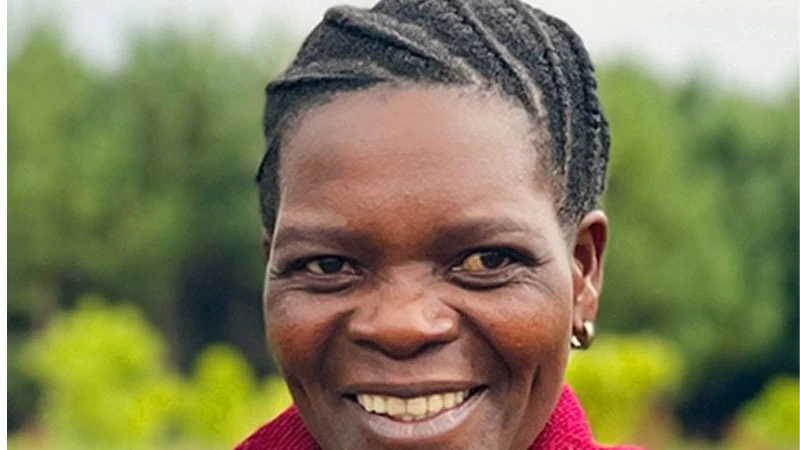

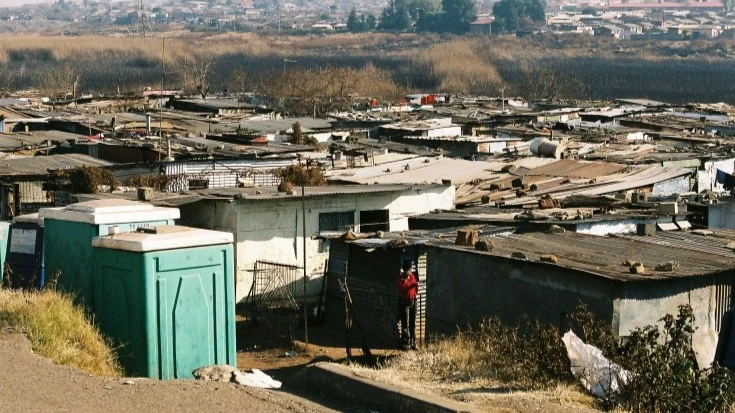
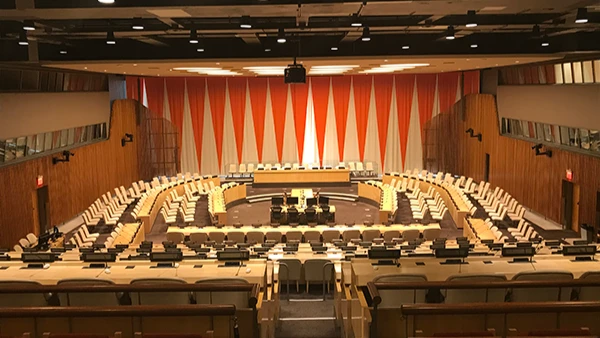
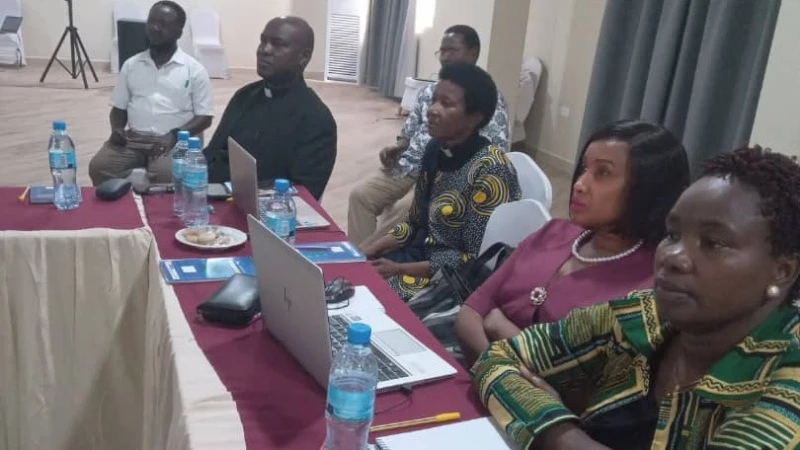




![The CEO of Flightlink Limited Mr. Munawer Dhirani and DTB Tanzania CEO, Mr. Ravneet Chowdhury [center] during the unveiling ceremony of the 72-seater ATR 500 aircraft over the weekend. Other officials present at the function are Chief Operating Officer.](https://ippmedia.com/storage/post-feature-images/01J75Y6DM8PY93SGFZD4GYPXJ4.webp )
